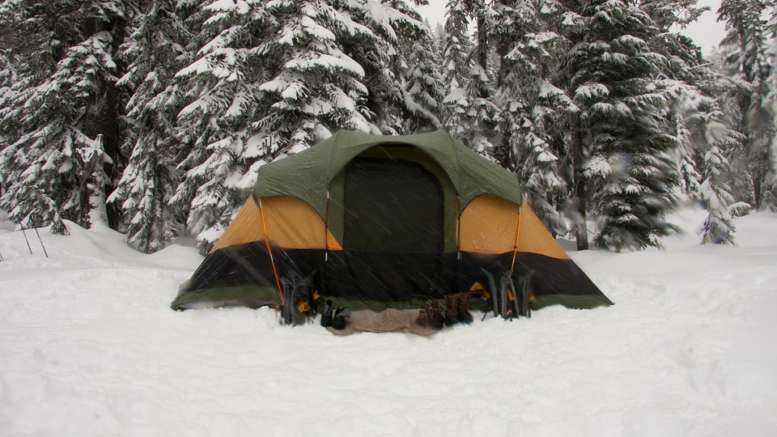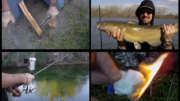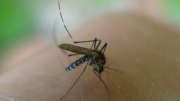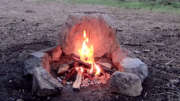Despite all of its added discomfort and difficulties, a snow-covered winter landscape can constitute one of the most beautiful scenes nature has to offer. Coupled with the comforting silence and lack of traffic, hiking and camping in the snow is often preferred by many to the equally beautiful, albeit more populated, verdant seasons. Knowing some simple tricks and preparation tactics can be the difference between a pleasurable outdoor winter excursion and a miserable and potentially dangerous experience.
Bring Too Much Clothes
Building and maintaining warmth is one of the most important factors to having an enjoyable trip in the snow. It is important to anticipate the temperatures and dress warmly before encountering them rather than allowing yourself to get chilled and then putting on warmer clothes. Make sure to pack more layers than you think you’ll need; and since you will probably be spending a lot of time very close to a campfire, consider wearing fire retardant clothing.
Stamp the Snow
A commonly overlooked mistake that can ruin your camping trip is not packing the snow down before setting up your tent. If the snow is more than a few inches deep—and especially if the snow is light and fluffy—you will need to stomp around and flatten the area that you plan on using for your tent. If you don’t, there’s a possibility that you might tear a hole in the floor of your tent after stepping onto soft, unpacked snow.
Focus on the Floor
You lose more heat through the ground than you do through the air, so make sure that you bring a sleeping pad that meets the challenge. While a thermal sleeping bag that is rated for the expected temperatures is indispensable, it won’t keep you very warm if there is nothing between your bag and the cold tent floor. Feel free to put a thick layer of clothes under your pad if you still find it hard to stay warm. Trust me—you’ll definitely notice a difference.
Bring Extra Batteries
With winter comes, inevitably, long nights. Anticipate spending a lot of your time inside your sleeping bag. Bringing cards, a book, or some good conversationalists along can break up the twilight hours between hiking stints. Just be sure to bring long-lasting lithium-ion batteries so that you don’t have to sidle up to a blazing fire every time you want to read a chapter of your favorite novel.
Use Boiled Snow
Since snow, like rain, is formed around a nucleus of dust or smoke, it shouldn’t be the first thing you turn to when you’re looking for a sterile source of water. Boiling it, as you probably know, will kill any bacteria housed in the flakes. You can use the resulting clean water to drink or to clean wounds. If you’re simply camping, you may want to bring a water filter or iodine tablets just in case, but if you’re hiking long distance you can probably do without the extra weight and just stick to boiling the snow. You can even put some of the water into bottles while it’s still warm and use them as heaters for your sleeping bag.




